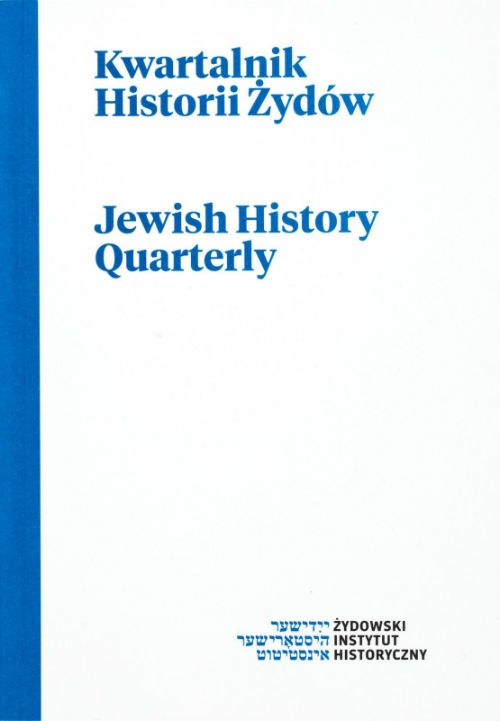Teologia światła w Księdze światła ukrytego (Sefer ha-Bahir)
Theology of Light in the Book of Hidden Light (Sefer ha-Bahir)
Author(s): Wojciech BrojerSubject(s): Jewish studies
Published by: Żydowski Instytut Historyczny
Keywords: Sefer ha-bahir; Book of illumination; kabbalah; Jewish theology; Jewish philosophy; Jewish eschatology; Oral Torah (Tora shebi‘al pe); Written Torah (Tora shebiketav)
Summary/Abstract: Sefer ha-bahir is a short theological piece, presumably recorded in mid-13th century in the esoteric circle of learned Jews, probably from Languedoc. The oldest preserved manuscript comes from 1298, the printed editio princeps – from 1651. The analysis of the treatise was based on the printed edition because it most likely recreates the oldest, unrecorded versions of the work. With the type of poetics, the language of the Babylonian yeshiva, the manner of organization of the lecture through clashed of arguments of authorities, the selection of such authorities, Bahir is reminiscent of Gemara. The author of the treatise is well versed with traditional and contemporary - for him - Jewish literature. The author shows a clear preference for allegorical exegesis, which links him to the philosophers but sets him apart from the Halakha Talmudists. He draws his direct inspirations from the reading of Tanakh, from Sefer yetzirah, from the Aggadic matter of the Talmud, but also from synagogue liturgy, especially from the rites and parashot of the Sukkot. The main problems raised in Sefer ha-bahir are: theology of light, theodicy, eschatology, Masoretic Tanakh punctuation (vowels and accents) and the theological meaning of Sukot liturgy (lulaw, suka). The treatise begins with the exegesis of a verse from the Book of Job: “Now they do not see bahir light in the clouds”. The word bahir, which only appears once in the Bible, became the distinguishing mark, and next the title of the work. All the students of the treatise accepted that the word bahir means „bright, shiny”. However, linguistic research shows that bahir sooner means “gloomy” or “cloudy”. An analysis of the teology of Sefer ha-bahir shows that the author understood the term as “concealment”; ’or bahir is “concealed light”. Therefore the title of the treatise should be rendered as The Book of Concealed Light. The notion of bahir is the central theological category of the treatise. The Lord first created great light and next, after creating the world, concealed it and only donated to its creation a part of it, ’or bahir precisely, as a promise for the just in eschatological time. The ’or bahir category is therefore an act of the Lord’s permanent judgement over the world, where the criterion of selecting the just ones is the experiencing of ’or bahir through constant study of the Tanakh. The bahir light is identified by the author with the “Oral Torah”, which the Lord provided for illuminating the unclear Torah passages. That gift was just for Israel, together with the mission of ensuring the attainment of full revelation of’or bahir and of Messianic time, when all the peoples will be redeemed. However, the “Oral Torah,” was not passed to the patriarchs or to Moses in Sinai, but to the Jewish mystics, the guardians of tradition that was recorded in Sefer ha-bahir, as a protest against the usurpations of Talmudists, equating the “Oral Torah” with the Babylonian Talmud.
Journal: Kwartalnik Historii Żydów
- Issue Year: 249/2014
- Issue No: 01
- Page Range: 7-41
- Page Count: 35
- Language: Polish

